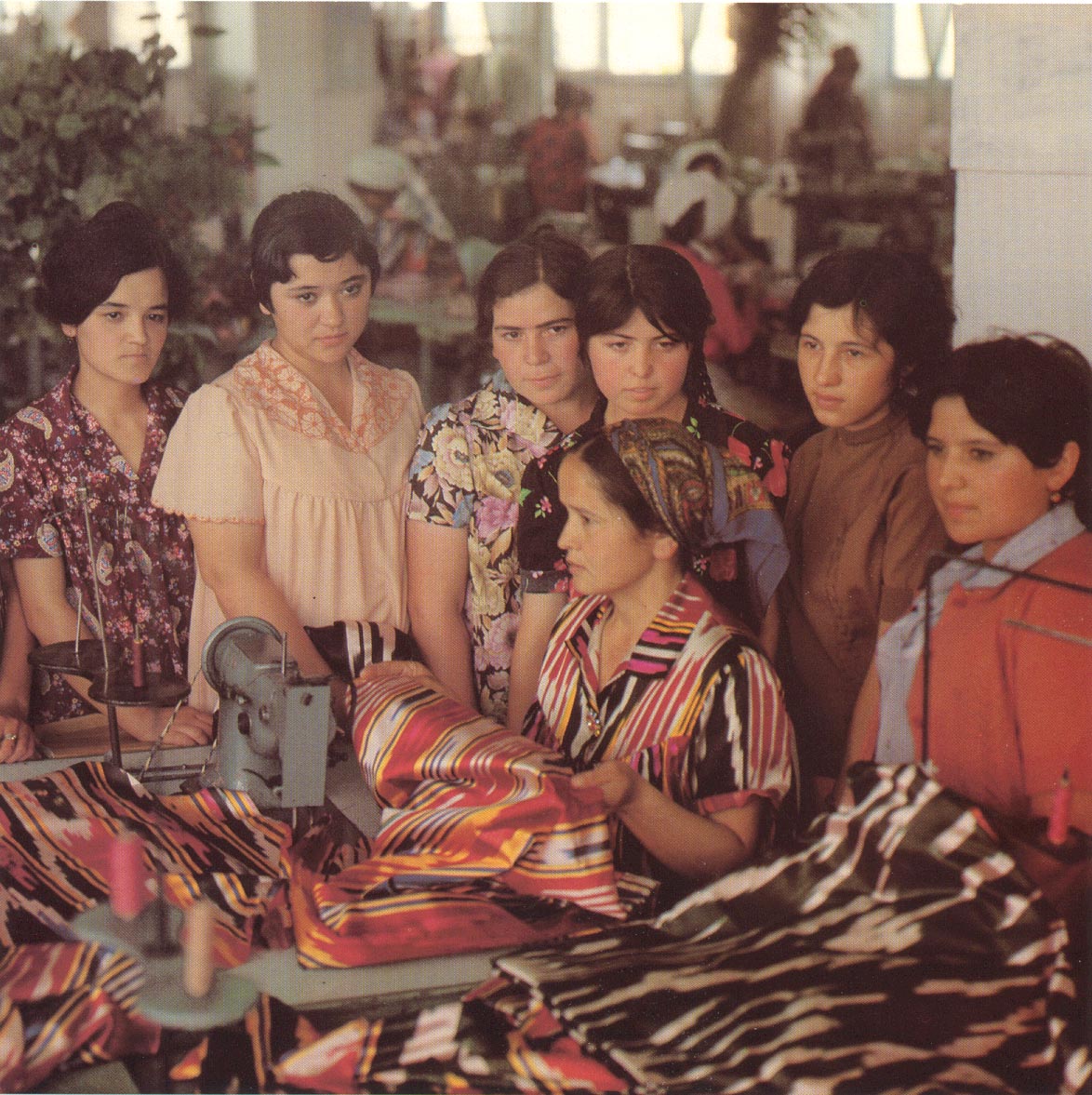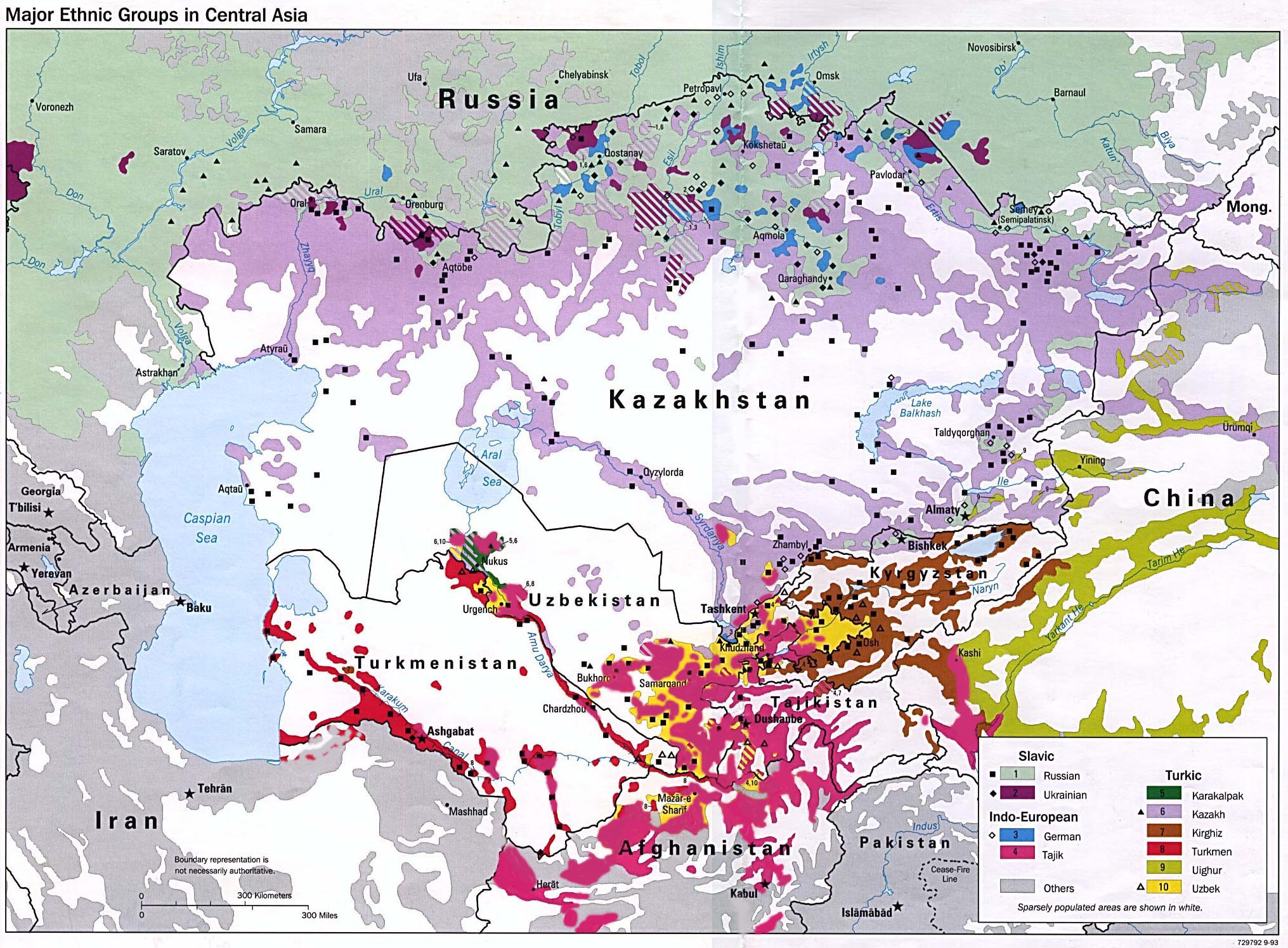The majority of Tajiks live outside border of what is known as Tajikistan today.The largest number of Tajiks are living in Uzbekistan today but they live even in N.W. Kyrgizistan, Southern Kazakistan, Turkmenistan and western China.


| The Land of Tajiks (by Tirdâd) |
Major Cities: |
Bokhara Dushanbe Kashgqar Khiva Xojand Merv Panjikent Samarqand Shahrisabz |
| Art History Language Links Literary Celebrities Map Photo Gallery Tajik people Cyrllic alphabet for Tajik |
The land of Tajiks, as
an Indo-European speaking people, is in the territory
known since ancient times as Bactria,
Maverannahr, the Parthian Kingdom and the Kingdom of Kharazm, the
Kingdom of the Samanids and the states of Seleucids,
Tamerlane, the Bukhara Emirate and the Kokand (Qoqand) Khanate once
flourished in this region. The Andronovo Culture shows evidence of a very early history (late Bronze Age) of the Indo-Iranian speaking peoples in Central Asia. The cities of Samarkand and Bukhara served as major centers of trade and enlightenment on the crossroads of the Great Silk Road linking the civilizations of the East and the West. The land of Tajiks is a land of ancient and highly developed culture. It gave the world many outstanding scientists and poets: Al-Khwarazmi, the 9th century mathematican and astronomer, Ibn-Sina, the physician and enlightener of the 10-th11th centuries, known in West as Avecenna; Rudaki, court poet in Bukhara in the time of the Samanids. Alisher Navoi, the great poet and philosopher of the past, lived and worked in Samarqand. Tajiks also venerate Firdausi, a poet and composer of the Shah-nameh (Book of Kings), the Persian national epic, and Omar Khayyam, of Rubaiyat fame, both born in present-day Iran but at a time when it was in the same empire as Tajikistan. This land is rich in ancient monuments of material culture. Archaeologists have discovered relis of great ancient civilizations – Baktria, Khorezm, Khujand , Sogdiana, Ferghana. In ancient Afrosiab they found remnants of clay sculptures, frescoes and carvings. The 7th-8th centuries saw the emergence of new forms of architecture: mosques, madrasahs, minarets, etc. monumental sculptures and paintings give place to ornamental and epigraphic decorations. Some of the world's most audacious and beautiful examples of Islamic religious buildings are to be found in the land of Tajiks, especially in the cities of Bukhara and Samarkand. |
| The Tajik people |
 |
Due to
the Soviet policy of cutting across
existing ethnic and linguistic lines , most
of Tajiks live outside border of what is known as Tajikistan
today.The largest number of Tajiks are living in
Uzbekistan, where the majority of Tajiks are forced
to be registered as Uzbeks (the Tajiks on the official Uzbeki data,
make about 4% of the population of this republic), but the real
number of Tajiks living in Uzbekistan believed to be
nearly 42 percent (11-14 millions) of the population. More about |
| Tajiks in
Uzbekistan are settled in the valleys of rivers Zerafshan,
Shirbadarya, Fergana valley (all around: Chust, Kasansoy, Marghilan),
Sorkh
( to the south from Kokand ) , Jizzakh province, on the right
inflows
of the river Surkhandarya, Chorvok area, in the upper
Kashkadarya, Burjmolla, Sukh enclave, Khiva and other areas. Tajiks
are
the majority of population in cities Samarkand
and
Bukhara.
In the north and north-east of Afghanistan live over 4.5 million tajik. They also live in the frontier regions of Kirgizistan (between in Batken and Osh provinces) , western China and south-west of Kazakhstan. See map |
 |
|
Perso-Tajik Literary -, Science - & Philosophy
Celebrities |
| The Tajiks
(Persian in Central Asia) produced some of history's most
important thinkers. Abu Ali Ibn-Sina (
Avicenna, 980 to 1037), from Buchara was the gratest medic of his
age. Al Khowrezmi /Khwarizmi (Latin: Algorismi), from Khorezm, was a mathematican who gave his name to algoritm. The title of another of his mathematical works, Al-Jebr, became algebra. Al-Beruni, from Khorezm, was the world's foremost astronomer in the 11th centuary when he worked in Gurganj(now Urgench). He knew that the earth rotated and that it circled round the sun, estimating the distance to the moon to within 20km. He also produced the worlds finest encyclopedia. The Tajik/Persian poetry, prose, manuscript, miniature has developed during many centuries. The new literary language - Persian/Tajik - has been formed in 9th -10th centurries. The genius poet, Rudaki, the father of Persian/Tajik litterature, has improved the language using it for the first time in secular poetry, laying down foundations of a number of literary genres. Rudaki stars in the national pantheons of the Persian-speaking world: Afghanistan, Iran, Tajikistan and Uzbekistan. From this time, there begins a long and brilliant growth of literature that has gained a world glory. At the end of 10th century, Ferdowsi creates his famous heroic epopee "Šăhnăme" (The Kings Story), outweighing all existed works. 11th century was marked by creation of such genre as romantic epos. There appears a number of poems written by Onsori, Ayoki, Gorgani in this style, but the wreath of beauty became "Khamsa"of Nezami composed by him in the 12th century. In 13th century there appears "Bustan" and "Gulistan" of Saadi, in 14th century the works of continuers of romantic epos - Amir Xusravi Dehlavi and Xaju Kirmani, Kamol Xujandi (Khujandi) and the master of gazele Hafez. M.J.M. Molavi Rumi (born , c. September 30, 1207, Balkh died December 17, 1273. ) also called by the honorific Mawlana the greatest Sufi mystic and poet in the Persian language, famous for his lyrics and for his didactic epic Masnavi-ye Ma'navi (“Spiritual Couplets”), which widely influenced Muslim mystical thought and literature. The 15th century is Jami poetry, that has covered by stylistics all genres of preceded literature. The Persian/Tajik literature developed in a vast territory of Iran and Central Asia , distributing due to wanderings of poets, scientists, travelers, merchants and sending of illustrated miniature manuscripts. Here are some of them: |
| Avicenna |
Biruni |
Xujandi |
Khwarizmi |
Rudaki |
| Fârâbi | Jâmi |
Attâr |
Lâhuti |
Ayni |
| Khayâm |
Ferdowsi |
Ghafurov |
Tursunzâde |
M.J. Rumi |
| N.
Khosrow |
A. Ansâri | Onsori |
| UP |